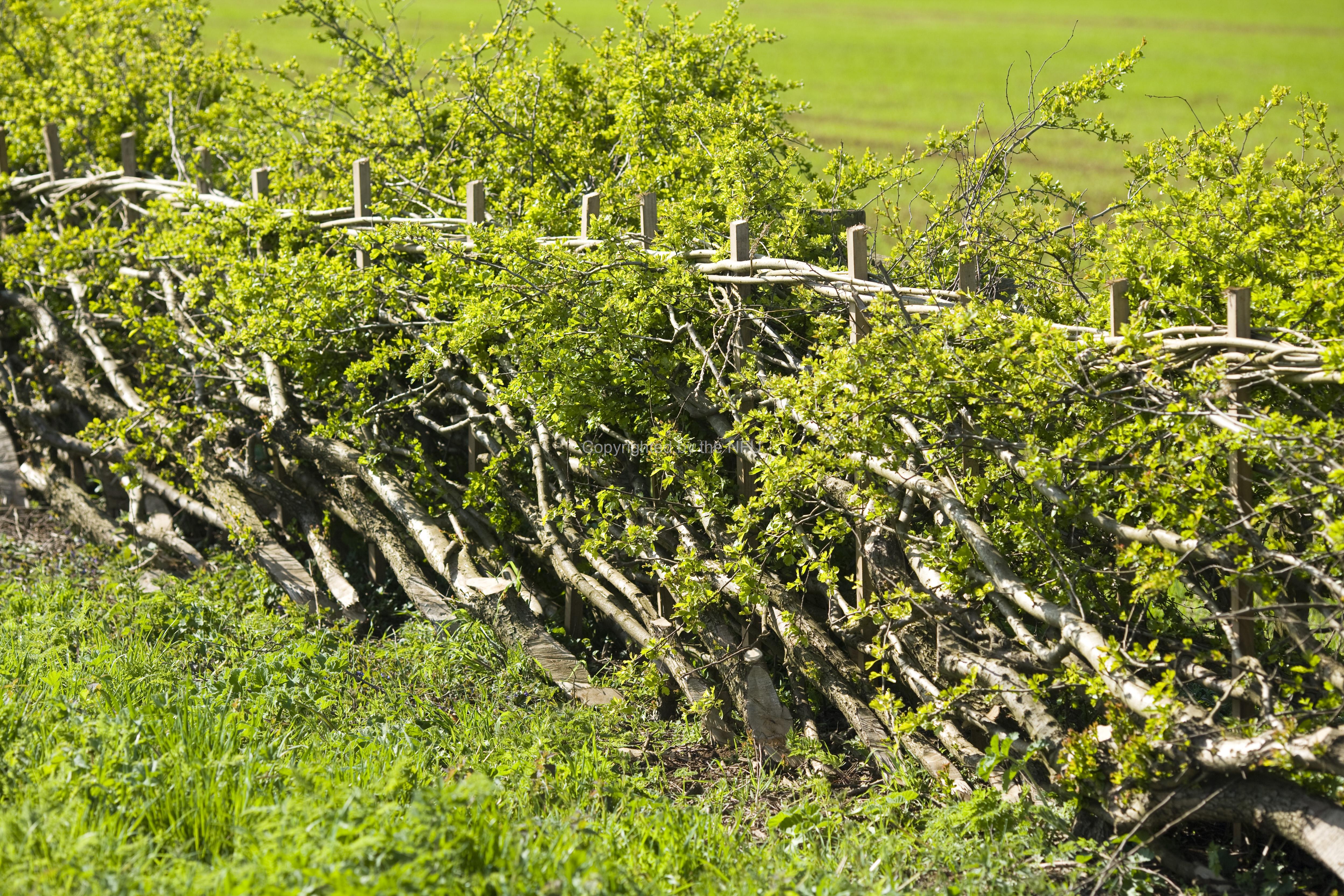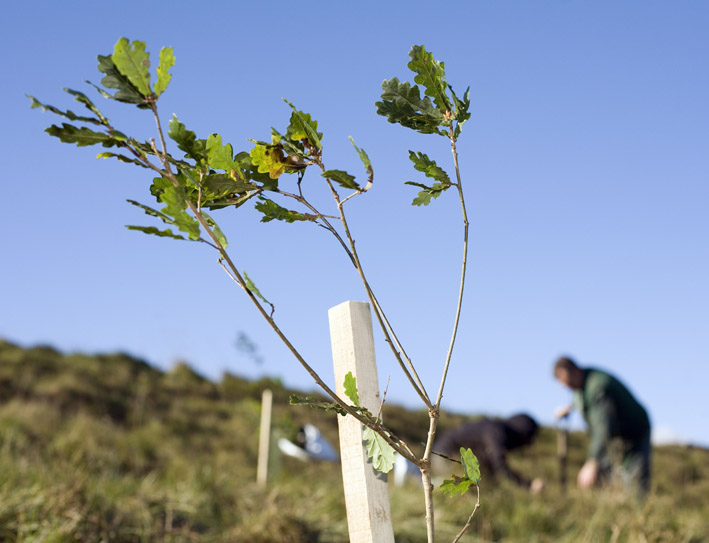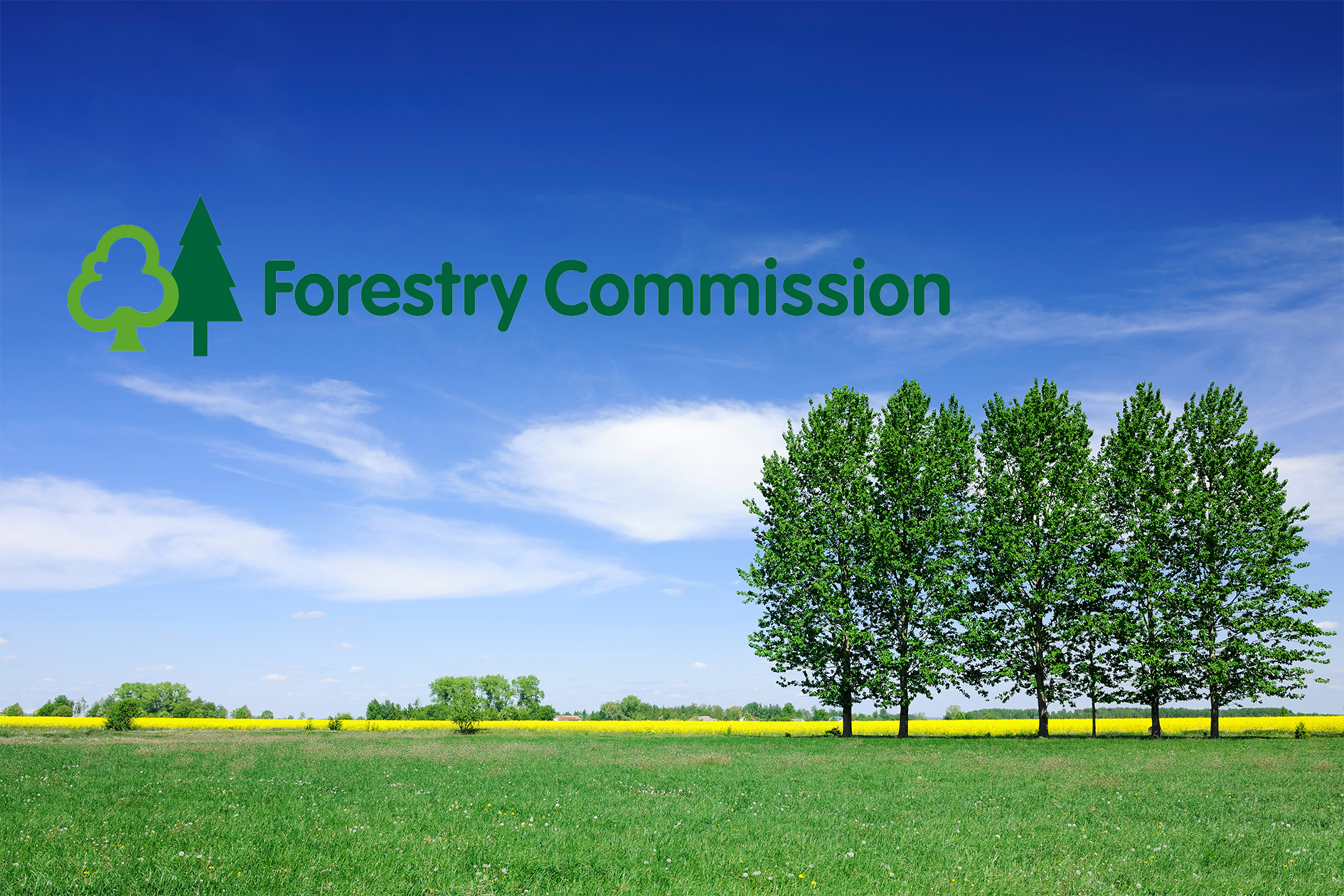There’s more to woodland than meets the eye
Trees have far-reaching benefits for you, your land, the environment and for future generations. By planting the right tree in the right place for the right reason, coupled with financial support and expert advice, woodland can help realise the multiple benefits of your land.
Woodland can provide an alternative source of farm income from timber, wood fuel and carbon credits, to recreation and tourism. They are also subject to some tax relief. This is in addition to other benefits that woodland can provide such as protecting watercourses and soil, shelter for animals, helping to improve water quality, and reducing flooding.

Get paid for planting trees on your land
Financial support is available through Forestry Commission grants and other woodland creation organisations.
Forestry Commission: The England Woodland Creation Offer (EWCO), offers up to £8,500 per hectare to cover the capital costs of creating the woodland. Plus, if the woodland offers environmental and social public benefits ie increasing wildlife habitat, protecting rivers and managing flood risk, you could qualify for an additional payment of up to £8,000 per hectare.
On top of this, it also offers:
- Support towards the cost of installing infrastructure required to manage the woodland or improve recreational access.
- Annual payments to maintain young trees – £300 per year per hectare for 10 years.
- Ability to continue to claim basic payments.
The scheme supports a range of woodland types and sizes, starting from just 1 hectare per application.
For proposed woodlands of more than five hectares, there is also a Woodland Creation Planning Grant available to help cover the costs of producing a UK Forestry Standard (UKFS) compliant woodland creation plan and includes funding for surveys that might be needed.
This contributes towards the costs of gathering and analysing the information land managers need to consider, to ensure their proposals for new woodland take account any impacts.
The Forestry Commission offers guidance on planning your woodland, grants, planting and achieving UKFS standards in your woodland. They also offer advice on managing your woodland, tree health, productive forests and deer management.
Woodland Trust: Offers three national grants: MOREwoods and MOREhedges covering up to 75% of planting costs for a range of woodland creation, starting from 1.25 acres or 100 metres of new hedging, and Trees for Your Farm, funding up to 100% of costs for bespoke agroforestry schemes.
England's Community Forests Trees for Climate Fund: Expert support and up to 100% flexible and bespoke grant funding for up to 15 years. Open to all landowners within any Community Forest area which includes Thames Chase and Marston Vale in the East.
Your local Rivers Trust may also provide advice and assistance with Woodland Creation along watercourses.
The Woodland Carbon Code – the UK’s voluntary carbon standard for woodland creation projects, providing a standard way to measure the amount of carbon dioxide your woodland stores. Schemes need to be registered with the WCC to be able to sell carbon credits (one tonne of absorbed carbon).
The Woodland Carbon Guarantee provides the option to sell your captured carbon dioxide to the government for a guaranteed, index-linked price every 5 or 10 years up to 2055/56. This offers an additional long-term income from your woodland. If you prefer, you can choose to sell the credits on the open market rather than to the government.
Reasons to consider planting trees
1. Prevent soil erosion
An estimated 2.9m tonnes of topsoil is eroded in the UK due to wind and rainfall – planting tree shelterbelts around your farm lowers windspeed to help reduce that erosion. Creating woodland between the field edge and a river can reduce sediment run-off by 90-100%, nutrient losses by 20-80%, and reduce pesticide loss in run-off by 60-100%.
2. Protect livestock and crops
Trees help protect livestock and crops against more frequent extreme weather conditions that we’ve seen over recent years. Planting a shelterbelt of trees gives protection that could reduce lamb losses by up to 30% and increase overall productivity.

They can also help to safeguard crops from strong crosswinds and heavy rainfall and even prolong the growing season for grass by raising the soil temperature during colder months. Integrating trees into your landscape can also protect crops during periods of drought, by reducing wind speeds and helping to reduce moisture lost to the air.
3. Generate reliable income streams
With timber in high demand now and into the future, you could benefit from reliable short or long -term revenue streams: planting and harvesting fast-growing trees that can be coppiced or felled on a frequent cycle can provide a quicker turnover. Local woodfuel production can provide efficient on-farm energy savings to heat your buildings or give you an income from sales.
There are also other wood products to consider, such as Christmas trees, wood for construction and furniture, as well as coppice materials or wood chippings and temporary fencing.
A working woodland is also subject to a range of tax relief.
4. Diversify your business
Creating woodland can help you diversify your farm practices, helping to strengthen business resilience and generate alternative income streams. With that in mind, woodlands can provide the perfect setting for recreation and leisure activities, including glamping, game shoots, and mountain biking. You could also consider alternative crops to produce and sell.
5. Cut farm pollution
The Environment Agency has recorded that approximately 25% of phosphates and 50% of nitrates found in our rivers come from agricultural practices. Planting woodland shelterbelts around your farm can reduce spray drift up to 90%, as well as helping to capture pesticide run-off and ammonia released from livestock units. The England Woodland Creation Offer supports planting shelterbelts down to 10 metres in width.
6. Offset your carbon emissions
Woodlands play an important role in addressing climate change. Trees act as a natural ‘carbon sink’ by removing and storing carbon dioxide from the atmosphere.
Registering your new woodland with the Woodland Carbon Code allows you to sell carbon units for every tonne of carbon dioxide sequestered as early as 5 years after planting, validating, and verifying your woodland through the code. This could help you to generate revenue through their sale or help to offset your farm business’ carbon emissions to help meet increasing demand for net zero supply chains.
7. Increase farm productivity
Combining trees with crops and livestock can result in healthier soil, which could lead to more sustainable yields and enhanced biodiversity. Agroforestry can also help increase farm productivity and better utilise your land. Finding the right areas on your farm to plant trees (where grazing is poor, or the land requires more fertiliser) could reduce inputs and improve overall productivity.
8. Create natural flood management and improve water quality
Woodland in the right place helps slow run-off from your land as well as helping to reduce water pollution in our streams, rivers, and lakes. The England Woodland Creation Offer can provide contributions up to £2,500/ha for flood mitigation, improving water quality, and riparian buffers – you can also qualify for extra nature recovery contributions on top of that.
9. Boost biodiversity
As custodians of just over 9 million hectares of our English countryside, you can play a pivotal role in boosting nature recovery. All woodlands are home to a wealth of wildlife, from red squirrels to goldcrests, and create a habitat for a rich array of plant and fungi species.
Making smaller woodlands bigger or connecting existing woodlands with one another can help expand habitats and encourage vital wildlife corridors. The England Woodland Creation Offer can provide contributions up to £2,800/ha for contributing to nature recovery with new woodland in the right place and with the right features.
For further information on the benefits that woodlands can provide, the grants and support available, and woodland management visit: www.gov.uk/guidance/tree-planting-and-woodland-creation-overview
Alternatively you can email [email protected]
